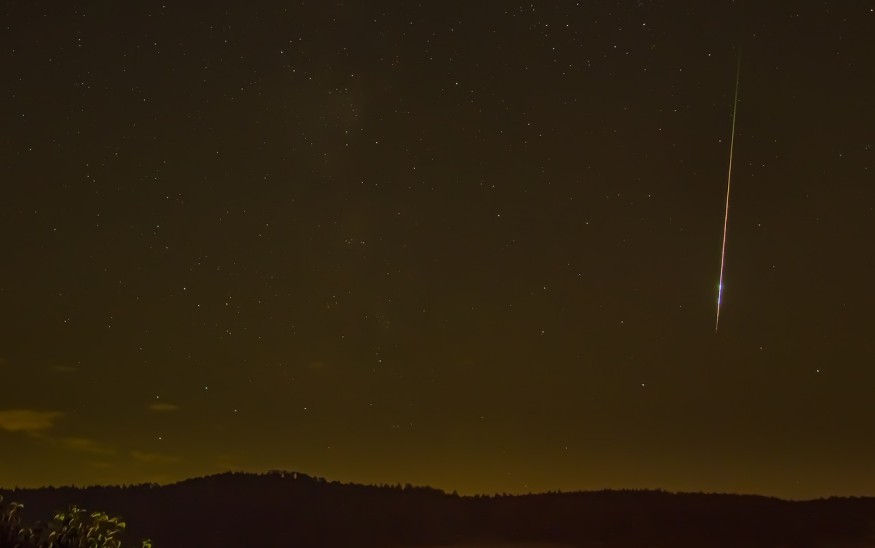The European Space Agency (ESA) shared in a tweet that the asteroid struck Earth's atmosphere over northern France around 10 pm on Sunday, February 12. The small asteroid that measures roughly one meter in length entered the atmosphere of Earth and exploded over the English Channel around 3 am on Monday, February 13.
It was initially expected to enter the atmosphere over Rouen, France, and be visible over Belgium, the Netherlands, northern France, and southern England as per the international Meteor Organization. But it exploded over the English Channel and gave a spectacular night sky show.

Historic Airburst Over the English Channel
Before 3 a.m., on Monday morning, an asteroid that had only recently been found erupted over the English Channel in a massive meteor fireball 'airburst'.
Wales Online reports that the little one-meter asteroid, now known as asteroid Sar2667, burst after hitting the Earth's atmosphere. It could be seen from much of southern England and Wales, as well as far south as Paris, France.
After observing the airburst's approach just hours earlier, scientists were able to forecast when and where it will occur for the seventh time in history.
Los Alamos National Laboratory physicist and airburst specialist Mark Boslough told Wales Online that airbursts of this scale are rarely found in advance, although they do happen someplace many times every year.
In fact, he claimed that this was only the sixth occasion in history that one had been located ahead of time. And he added it was the first time in history this had happened over a populous region with adequate warning to acquire data.
Asteroid 2022 WJ1 was the last asteroid scientists found before it entered the atmosphere of Earth. They discovered it only four hours before it lit up the skies above Toronto, Canada on November 19, 2022.
When Should People Worry About an Asteroid Hitting Earth?
Sar2667 is only a small meteoroid and its kind strike Earth every couple of weeks, which does not pose a great danger to the planet. Astronomers know over 1.1 million asteroids of which approximately 30,600 of them are classified as near-Earth objects due to their close orbits to Earth.
Although dinosaurs were believed to have been eliminated by a huge asteroid, The Planetary Society said that scientists can find and track hazardous NEOs to calculate the likelihood they will strike Earth and predict how long it will take them to do so. Through this, humanity will have a chance to deflect them and save Earth from major impacts.
That is why experts said there is no need to panic about an asteroid impact despite clickbaity media headlines making small asteroids flying past the planet or entering the atmosphere make it sound more alarming than what it is.
Planetary scientist Nancy Chabot from Johns Hopkins Applied Physics Laboratory said that there are no known sizeable asteroids on a collision course with Earth in the near future. NASA has listed all information on known NEOs on its website for the public's perusal.
RELATED ARTICLE: Asteroid Launcher: The Interactive Simulator That Lets Users See What Could Happen If A Space Rock Hit Their Town
Check out more news and information on Space in Science Times.
© 2026 ScienceTimes.com All rights reserved. Do not reproduce without permission. The window to the world of Science Times.











